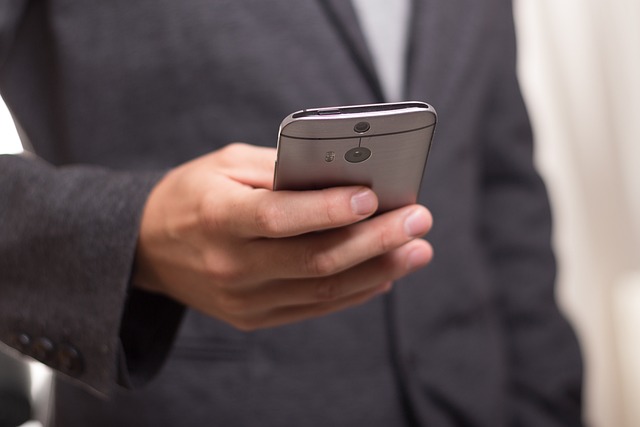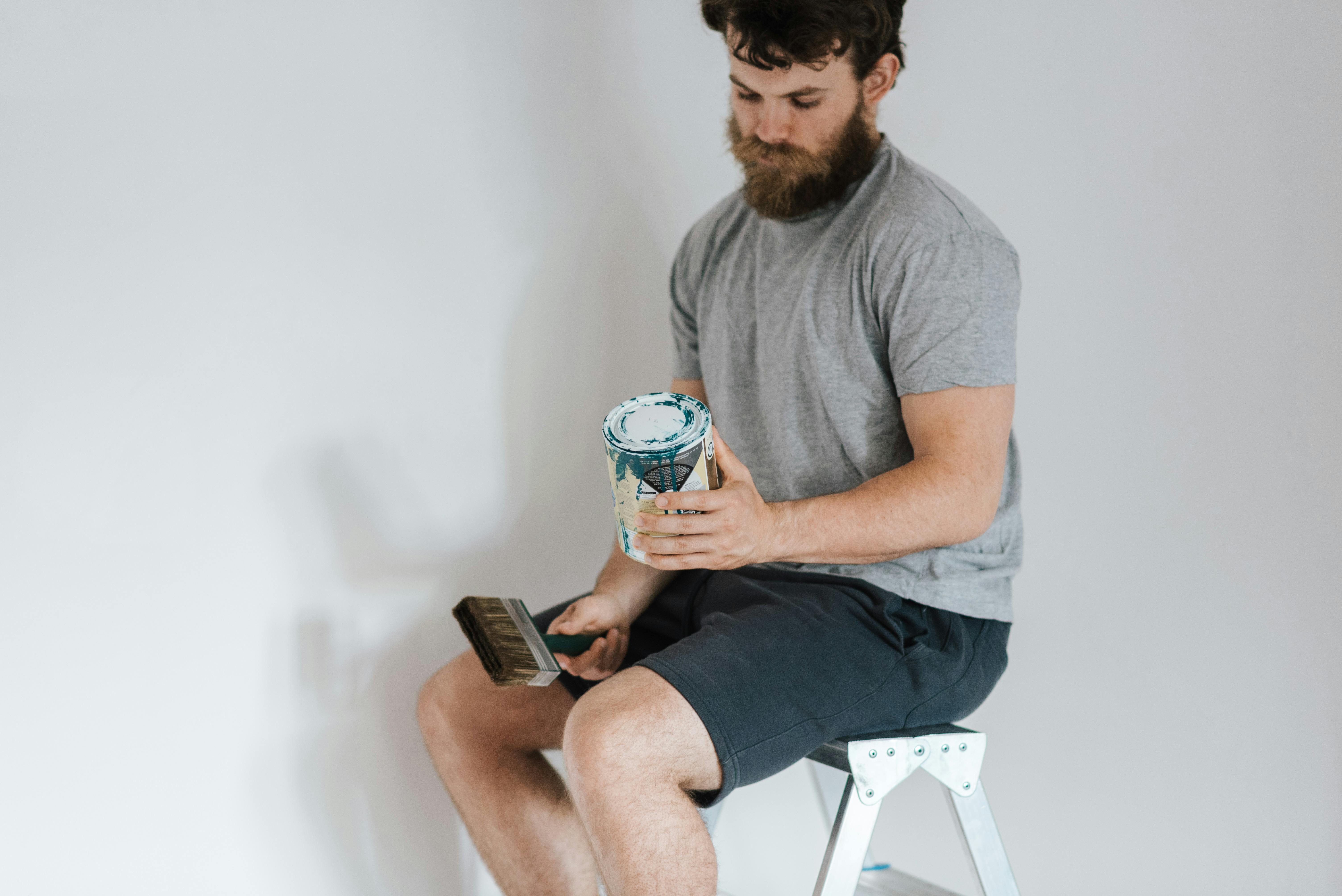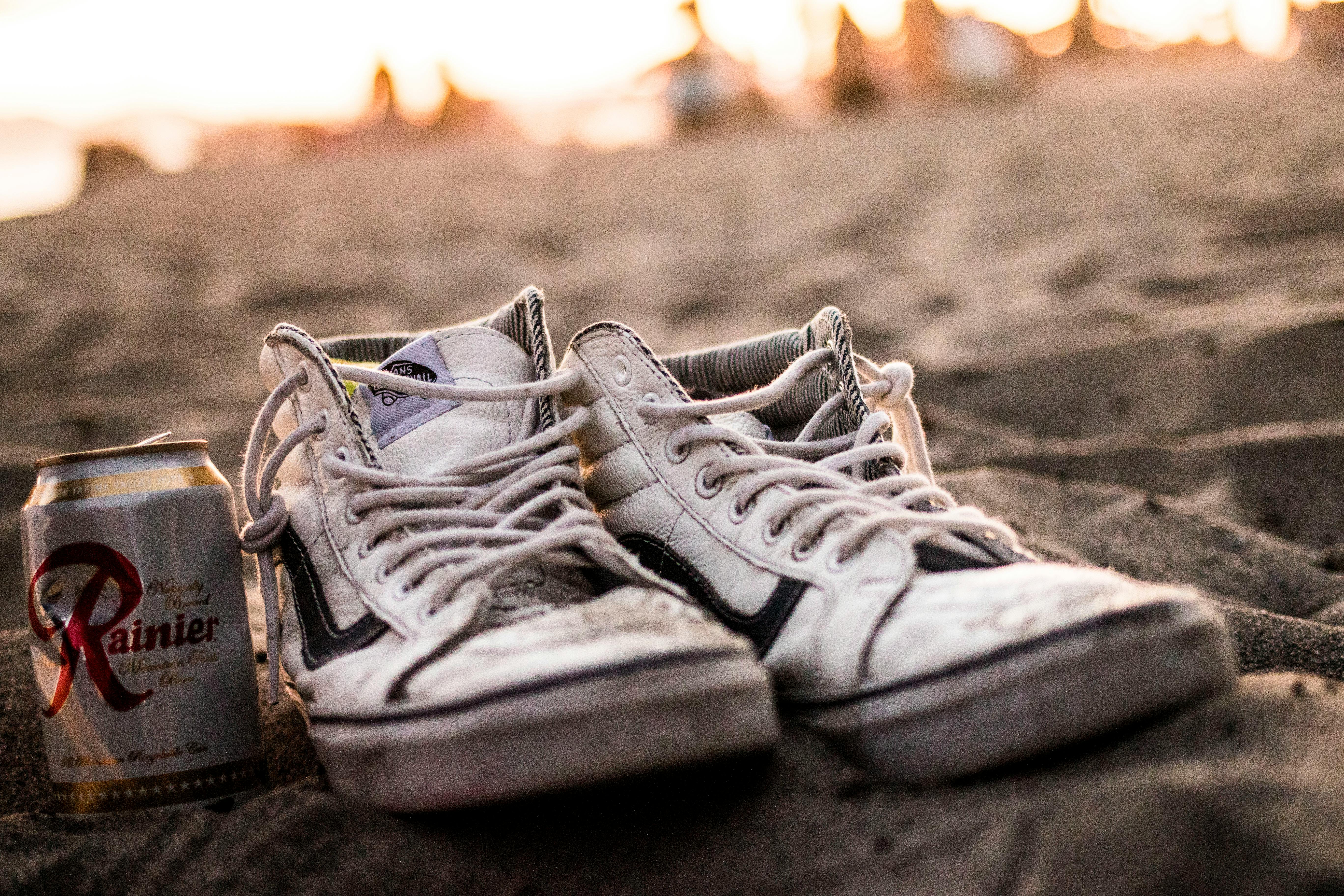Can You Wear Contacts With A Stye

If you have a stye and wear contact lenses, it can be a tricky combination. Many people are unsure if it’s safe to keep their contacts in when they have a stye. It’s important to understand what a stye is and how it can affect the wearing of contact lenses. This article will explain the risks associated with wearing contacts when you have a stye and provide tips on how to stay safe while wearing contacts even if you have a stye.No, you should not wear contact lenses with a stye. Wearing contact lenses can introduce bacteria into the eye that can worsen the stye and cause additional irritation or infection. It is best to wear glasses until the stye has healed.
What is a Stye?
A stye, also known as a hordeolum, is a bacterial infection of the oil glands in the eyelid. It appears as a red bump or pimple on the edge of the eyelid, usually at the base of an eyelash. Styes are fairly common and can affect both adults and children. They can be painful and cause irritation, but they usually go away on their own within a week or two with proper care.
Styes are caused by bacteria, typically Staphylococcus aureus, entering an oil gland in the eyelid and causing an infection. This can happen when bacteria get into the eye from touching it with unwashed hands, using contaminated makeup products, or not properly cleaning contact lenses. People who have weakened immune systems may be more prone to developing styes.
The most common symptom of a stye is inflammation and tenderness along the edge of the eyelid. Other signs may include tenderness or pain in the area around the eye, redness in and around the eye, swelling of the affected area, drainage from the stye that is yellowish-white in color, and blurred vision if it affects your vision.
Treatment for a stye usually involves cleaning around your eye with warm water several times daily and applying warm compresses to reduce swelling. Over-the-counter medications such as ibuprofen can help reduce pain and inflammation associated with styes. In some cases, antibiotics may be necessary to clear up an infection caused by a stye. If you think you have a stye or any other eye condition, it’s important to speak with your doctor for proper diagnosis and treatment options.
What Are the Symptoms of a Stye?
A stye is a common eye infection that causes a painful lump on the eyelid. Symptoms of a stye include redness, swelling, tenderness, and pain. The lump may be filled with pus or other fluid and can be accompanied by discomfort when blinking or moving the eye. In some cases, a stye can cause blurred vision or light sensitivity. In addition to these symptoms, a stye can cause inflammation in the surrounding area, which can lead to itching and irritation. The area around the stye may also become warm or hot to the touch. If left untreated, the infection can spread and lead to more serious complications. If any of these symptoms are present, it is important to see an eye doctor as soon as possible for proper diagnosis and treatment.
Causes of a Stye
A stye is an inflamed bump that appears on the eyelid due to an infection in the oil glands located near the edge of the eyelid. Styes are caused by bacteria, such as Staphylococcus aureus, which normally live on the skin. Poor hygiene or contact lens use can increase a person’s risk of developing a stye. Other potential causes include:
• Not removing eye makeup before going to bed: Eye makeup often contains bacteria that can accumulate on the skin and cause infection if not removed regularly.
• Not washing hands properly: Bacteria from unwashed hands can transfer to the eye area and cause styes.
• Rubbing or scratching the eyes: This can irritate and damage the delicate skin around the eyes, making it easier for bacteria to enter and cause infection.
• Wearing contact lenses too long: Contact lenses can trap bacteria against the eye, leading to irritation and infection.
• Poor hygiene habits: Failing to cleanse regularly or practice good hygiene habits may increase the risk of bacterial infections, including styes.
Treatment Options for a Stye
Styes, also known as hordeolums, are small, painful lumps that appear on the eyelids. They are caused by a bacterial infection of the oil glands in the eyelids. Although they often go away without treatment, there are several options available for treating a stye.
Home treatments are often recommended as the first line of defense against a stye. Applying a warm compress to the affected area several times per day can help reduce pain and swelling. Over-the-counter medications such as ibuprofen or acetaminophen can also be used to relieve pain.
If home treatments are not successful in treating the stye, a doctor may prescribe antibiotics in either pill or ointment form. Antibiotics can help reduce inflammation and speed up healing time. In some cases, oral antibiotics may be necessary if the infection is severe or recurrent.
In rare cases, surgery may be necessary to remove a stye that does not respond to other treatments. During surgery, the doctor will make an incision in the eyelid and drain any fluid that has accumulated under the skin. Surgery is usually only recommended if other treatments have failed to provide relief from symptoms.
It’s important to seek medical attention if symptoms such as redness, swelling, or pain persist even after trying home treatment options. A doctor can diagnose and treat a stye more effectively than self-treatment at home. With proper treatment, most styes will resolve within one to two weeks without any complications.

Should You Remove Contact Lenses if You Have a Stye?
A stye is a localized infection of the eyelid, and it can be very uncomfortable. If you wear contact lenses, you may be wondering if it’s best to remove them when you have a stye. It may depend on the severity of your stye and the type of contacts you are wearing.
If your stye is mild, your doctor may recommend that you keep wearing your contact lenses. However, if your stye is more severe, they may suggest that you remove them until the infection has cleared up. This will help reduce the chances of further irritation or infection to your eye or to the contact lens itself.
The type of lenses you are wearing can also make a difference in whether or not it is safe to keep them in. Soft contacts are generally considered more comfortable in cases of eye infections compared to rigid gas permeable (RGP) lenses since they allow more oxygen to reach the cornea. Additionally, soft contacts will reduce any friction between your eye and the lens which could cause further irritation or damage.
It’s also important to be mindful of any additional eye care products that could increase the risk of infection such as lens cleaning solutions and rewetting drops. It’s best to avoid using these until after your stye has healed completely and you have been given clearance from an optometrist or ophthalmologist.
In short, if you have a mild stye, it may be okay to keep wearing your contact lenses but it’s important to speak with an eye care professional first for advice on which type of lens is best for you and for guidance on how long they should be worn for while healing from an infection.
In all cases, it’s important to take good care of your eyes when dealing with any kind of infection or irritation so following directions from an optometrist or ophthalmologist is essential.
Can You Wear Contacts After Treatment for a Stye?
Yes, you can wear contact lenses after treatment for a stye. However, it is important to consult your doctor or optometrist before doing so. In some cases, wearing contact lenses may delay healing and put you at risk of further infection.
Before putting in your contact lenses, make sure the area around the stye is free of any pus or discharge. If you notice any signs of an infection such as swelling, redness, or irritation, it’s best to avoid wearing contacts until the infection has cleared up completely.
If you decide to wear contact lenses after treatment for a stye, make sure you clean them regularly and replace them as recommended by your doctor or optometrist. It is also important to practice good hygiene habits when handling and inserting your lenses. This includes washing your hands before touching the lens and avoiding water that is not sterile when cleaning them.
If you experience any discomfort or irritation while wearing contacts after treatment for a stye, discontinue use and seek medical attention right away. In some cases, the lens may be causing further irritation and should be removed immediately.
It’s best to discuss with your doctor whether it’s safe to wear contact lenses after treatment for a stye before doing so. They will be able to provide advice on how to reduce potential risks associated with wearing contacts in this situation and ensure that your eyes remain healthy and comfortable.
How to Prevent Recurring Stye Injuries
Styes are a common type of eye infection that can cause redness and swelling of the eyelid. They usually clear up on their own, but if left untreated, they can become recurrent. To help prevent stye infections from recurring, it is important to practice good hygiene and use protective eyewear. Here are some tips for preventing recurring stye injuries:
Clean your eyes regularly: It is important to keep your eyes clean and free from irritants. Use a mild soap and warm water to gently wash around the eyes. Avoid using harsh chemicals or soaps as this may irritate the eye area and increase the risk of infection.
Use protective eyewear: Wearing protective eyewear such as sunglasses and goggles can help reduce the risk of eye injuries caused by foreign objects or chemicals. Make sure to choose sunglasses with UV protection as well.
Avoid rubbing your eyes: Rubbing your eyes can irritate the skin around the eyes, which can make it easier for bacteria to enter and cause infection. If you feel an itch or irritation in your eyes, try using a cold compress or artificial tears instead.
Eat a balanced diet: Eating a balanced diet rich in vitamins A, C, E, and zinc can help support healthy eye tissue and reduce inflammation. Foods like leafy greens, orange vegetables, nuts, seeds, fish, eggs, and legumes are all good sources of these nutrients.
See your doctor if necessary: If you have symptoms of an eye infection such as redness, swelling or discharge from the eye area , it is best to see your doctor for proper diagnosis and treatment. Early treatment may help reduce the risk of complications such as vision loss or recurrent infections.

Conclusion
It is important to be aware that while contacts can be worn with a sty, it is not recommended. The risk of infection increases when a sty is present, and it is important to not aggravate the condition. It may be best to wear glasses until the sty clears up completely. Contact lenses should never be worn if the eye is red or irritated, as this indicates an infection and can lead to further damage to the eyes. It is also important to practice good hygiene when using contacts and clean them regularly with the appropriate contact lens solution.
It is important to consult with a doctor or optometrist if you have any questions or concerns about wearing contacts with a sty or any other eye condition. They can provide expert advice on how best to care for your eyes and protect them from further damage or infection. They will also help determine if contact lenses are safe for you to wear until your sty has cleared up.
In summary, contacts should not be worn when there is a sty present. Wearing glasses instead may help reduce the risk of infection while allowing you to continue seeing clearly. If you have any questions or concerns about wearing contacts with a sty, it is always best to speak with your doctor or optometrist before making any decisions that could affect your eye health and vision.
